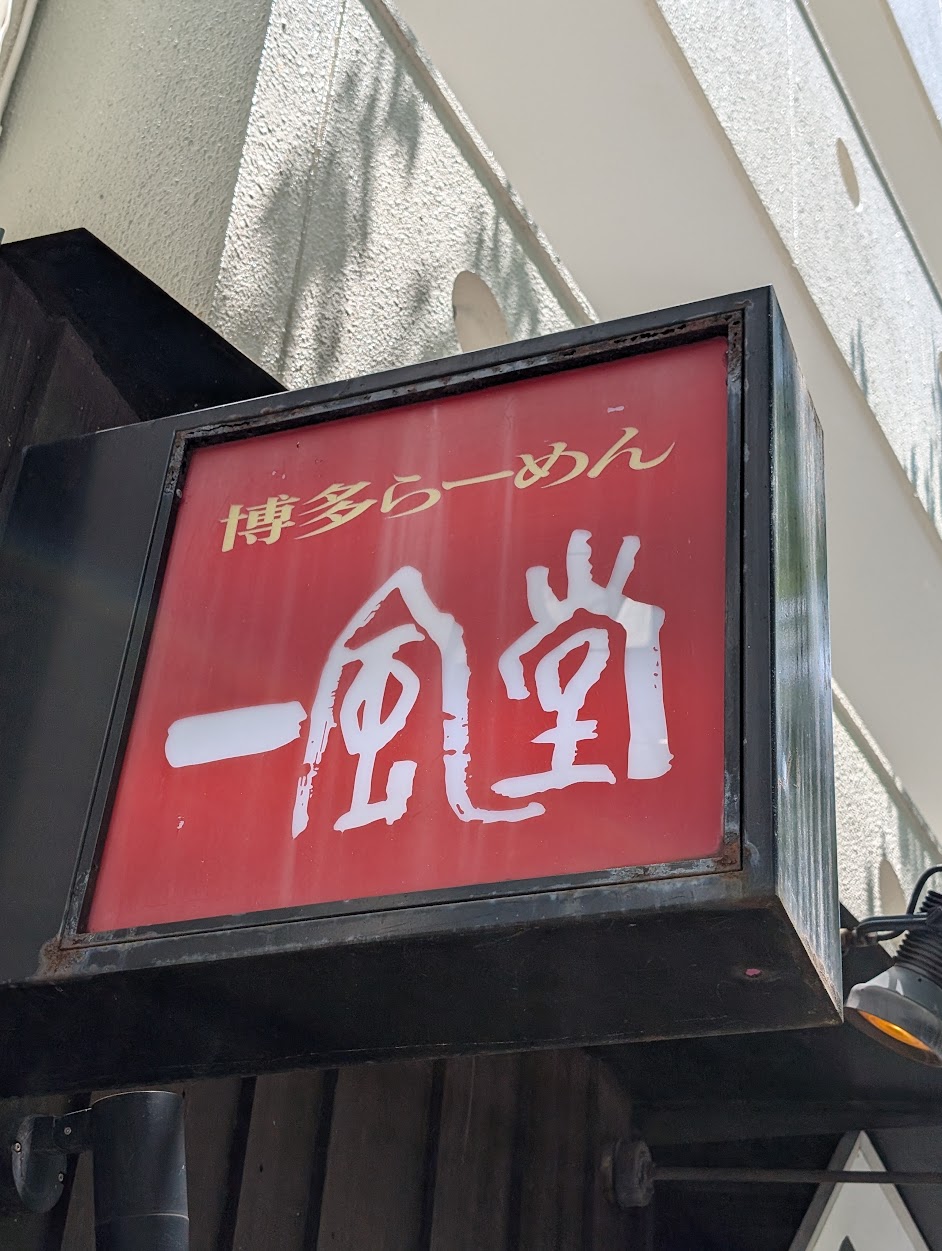Ramen
ラーメン
Japan's most iconic noodle dish. Wheat noodles served in flavorful broth with various toppings.
The Art of Ramen
Modern ramen was born in the early 20th century, influenced by Chinese noodles. Each region of Japan has developed its own unique style.
Good ramen consists of three essential elements: the broth (dashi), the noodles (men) and the toppings. The harmony between these elements creates the perfect ramen experience.
The Four Great Types of Ramen
Tonkotsu Ramen
豚骨ラーメン
White and creamy broth made from pork bones simmered for hours
Shoyu Ramen
醤油ラーメン
Clear broth based on soy sauce, the most traditional style
Shio Ramen
塩ラーメン
Salt-based broth, the lightest, often made with seafood
Miso Ramen
味噌ラーメン
Miso paste-based broth, often more robust and spicy
Major Ramen Chains
Ichiran
一蘭
Famous for its tonkotsu ramen and unique ordering system with individual booths.
Specialties:
Tonkotsu Ramen, Garlic-free Ramen, Extra spicy Ramen
Unique features:

Ippudo
一風堂
Premium chain specializing in Hakata-style tonkotsu ramen, founded in Fukuoka.
Specialties:
Shiromaru Motoaji, Akamaru Shinaji, Karaka-men
Unique features:
Tenkaippin
天下一品
Known for its unique kotteri (thick and rich) broth made from pork bones and vegetables.
Specialties:
Kotteri Ramen, Assari Ramen, Karaage
Unique features:
Ramen Ordering Guide
🎫 Ordering Methods
- • Vending machine: Most chains
- • Form: Ichiran (customization)
- • Waiter: Premium restaurants
- • QR Code: Modern new chains
🍜 Customization
- • 硬さ (Katasa): Noodle firmness
- • 濃さ (Kosa): Broth intensity
- • 油 (Abura): Amount of oil
- • ニンニク (Ninniku): Garlic
🥢 Ramen Etiquette
- • Slurp noodles loudly (it's OK!)
- • Eat quickly (noodles get soft)
- • Don't leave broth
- • Leave your seat quickly
History and Culture of Ramenラーメンの歴史と文化
Origins (1910-1920)
Modern ramen was born in 1910 at the Rairaiken restaurant in Asakusa, Tokyo. Owner Ozaki Kanichi adapted Chinese noodles to Japanese taste by using lighter broth with soy sauce.
This "Japanization" of a Chinese dish marks the beginning of ramen's unique evolution.
Expansion (1920-1950)
The Great Kantō Earthquake (1923) scattered Tokyo cooks throughout Japan. Then, after World War II, repatriates from China and cheap American flour democratized ramen.
Ramen became Japan's post-war reconstruction food.
Innovation (1950-present)
The 1950s-60s saw major innovations: miso ramen (1954),tsukemen (1955), and the invention of instant ramen (1958) which popularized the term "ramen" worldwide.
From simple popular dish, ramen became a refined culinary art.
The Three Pillars of Modern Ramen
Dashi (出汁)
The base broth, extracted from pork bones, chicken, fish or vegetables. Can be chintan (clear) or paitan (cloudy).
Tare (タレ)
The concentrated seasoning that determines the type: shoyu (soy sauce), shio (salt), or miso (fermented soybean paste).
Kansui (かん水)
The alkaline water that gives noodles their characteristic texture, yellowish color and unique flavor.
Iconic Regional Ramenご当地ラーメン
Sapporo Ramen
札幌ラーメン - Hokkaido
Miso ramen born in 1954 at "Aji no Sanpei" restaurant. Thick miso broth, thick wavy noodles, topped with corn and butter. The thick layer of fat protects from winter cold.
Hakata Ramen
博多ラーメン - Fukuoka
Tonkotsu with creamy white broth, born by accident in 1947. Very thin noodles, quick cooking. Unique "kaedama" system (extra noodles) because they get soft quickly.
Kitakata Ramen
喜多方ラーメン - Fukushima
Tradition of "asa-ra" (morning ramen) since 1925. Light shoyu broth, flat wavy noodles with high water content. Generous chashu covering the bowl.
Yokohama Iekei
横浜家系 - Kanagawa
Created in 1974 by Yoshimura Minoru. Tonkotsu-shoyu fusion with chicken oil (chi-yu). Customization: noodle firmness, broth intensity, oil amount.
Modern Ramen Trends現代のラーメントレンド
Tantanmen
Japanese version of Chinese dandan. Creamy sesame and miso broth, less spicy than the original.
Growing trendTomato Ramen
Modern innovation combining traditional broth and tomatoes. Popular East-West fusion.
Recent innovationVegan Ramen
Vegetable-based broths, miso and seaweed. Responds to growing demand for plant options.
Emerging marketMazesoba
"Dry ramen" without broth, mixed with thick sauce. Very popular modern alternative.
Established styleUseful Phrases for Ordering便利なフレーズ
Basic Orders基本注文
Tonkotsu ramen please
豚骨ラーメンをお願いします
Tonkotsu rāmen o onegaishimasu
With marinated egg
味玉付きで
Ajitama tsuki de
Extra noodles
替え玉お願いします
Kaedama onegaishimasu
Customizationカスタマイズ
Firm noodles
麺硬めで
Men katame de
Light broth
あっさりで
Assari de
Less oil
油少なめで
Abura sukuname de
Useful Situations便利な場面
It's delicious!
美味しいです!
Oishii desu!
The bill please
お会計お願いします
Okaikei onegaishimasu
Thank you for the meal
ごちそうさまでした
Gochisōsama deshita
Noodle Firmness Levels麺の硬さレベル
粉落とし
Konootoshi
Ultra firm
針金
Harigane
Very firm
バリカタ
Barikata
Firm
普通
Futsū
Normal
やわ
Yawa
Soft